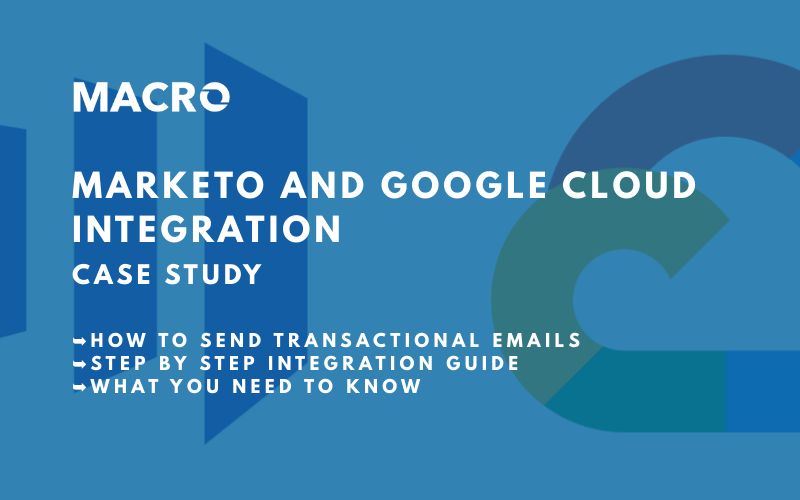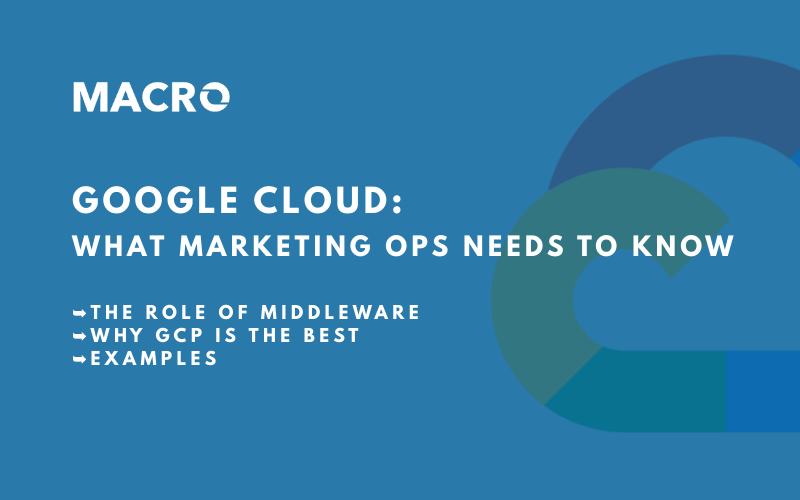
Most marketers have a list of contacts they work with and constantly try to understand and update. The list usually exists in an email tool which most likely doesn't enforce any data integrity and has limitations such as number of fields, records and size. Many problems marketers have with their campaigns can be attributed to poor database design and poor list maintenance practices. That is far from a proper database in place with a strong model holding clean and integral data.
Without a proper database you cannot understand the simple things such as the relationships between Companies and Contacts. If you throw different Sales Reps and Event Registrations in there you got a mix from hell. We believe that marketers must work with proper databases in order to gain the insights they need. Designing a database without the benefit of a good design method leads to poor campaign results and lots of manual work. A marketing database design process should be implemented and followed from beginning to end.
Our database development methodology is:
The mission statement is the purpose of the marketing database. Every marketing database must be designed with a well-defined purpose, whether it’s to deploy emails to existing customers, to maintain relationships with business partners, track online behaviour of website visitors or reach out to media channels. Interviews with three separate groups must take place. The first group includes the organization leaders responsible for outlining the mission statement. The second group includes line managers and end users who will be using it on a daily basis. Finally, the third group is the data savvy employees who set up the original system.
If no real database exists, data most likely lives in various client lists, email tools, address books and loose spreadsheets. The purpose of all these different sources must be outlined. Reviewing the way data is currently collected, presented and how often it changes is also an important part of the analysis. Understanding how both Marketing Coordinators and Marketing Directors interact with their database on a daily basis is crucial, because everything must be built to serve the users. Once the analysis is complete, you can compile a preliminary list of fields. We then work with management to take into consideration additional fields which could prove valuable if they are well-supported.
Based on the analysis performed, we will define the tables and fields. Each table represents a subject determined by the mission and the current marketing lists. Once subjects are identified, we transform them into tables and outline their properties as fields. For example Contacts and Campaigns are two subjects. Each table must also have a unique identifier, or a key. A proper review must be performed to ensure each table represents only one subject. A field that does not represent a characteristic of the subject of the table has to be moved to a more appropriate table or deleted entirely. An Email Date is an appropriate characteristic of the Campaign table, while an Email Address is a characteristic of a Contact.
We work with both users and management to identify relationships between the subjects. We found that most people have a good viewpoint of the data they work with and can easily identifying relationships among the subjects. For example, an Account has multiple Contacts, but a Contact has only one Account. This would be a one-to-many relationship between the two.
Specific limitations must be imposed on the data and these are based on documented business rules. For example, the fact that a Sales Rep can cover a maximum of five states must be enforced. As the organization evolves, its use of the data will change, which means that the business rules must change as well. Establishing and keeping these business rules up to date is an ongoing process.
Users do not need to look at all fields of a table at once and that is why Views must be established. For example an email campaign coordinator would like to see the names, companies and email addresses of your contacts, while a marketing manager needs to see the engagement of each contact. By interviewing all users, we establish for you the relevant views for each user.
The benefits of building a proper marketing database are endless. It will empower you with higher quality of information and ability to create additional marketing programs. You will be able to better target your message and understand the behaviour of the people you are marketing to.

One of our clients here at Macro is a major utility company in the United States. This is their story, challenges and the middleware solution Macro provided for them bringing together different data-points to send order confirmation emails.
Read More
Today, more than ever, companies need to use many digital marketing tools, and a key piece of the puzzle is getting different tech platforms to ‘talk’ to one another. We can achieve this with middleware. Google Cloud Platform is a newer player to the middleware game, but it is easily one of the most affordable, balanced and powerful tools available in 2020.
Read More
It would be a shame to spend a small fortune on an expensive car, only for it to sit in your garage, rarely used. This depressing story is something that happens to many modern organizations—except it’s not an expensive vehicle that they leave rusting in a garage, it’s their enterprise marketing automation platform (MAP)
Read More